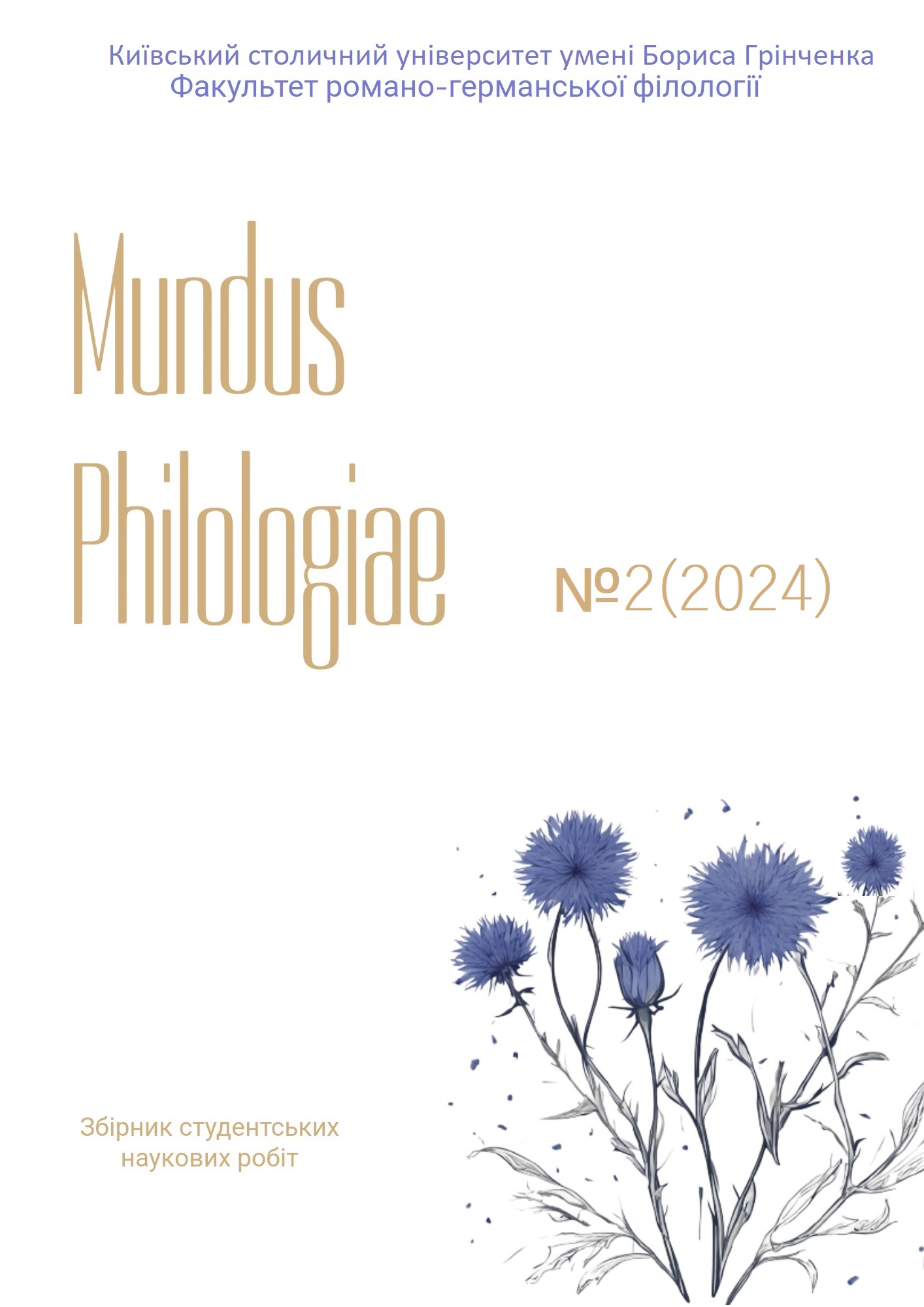The concept Hygge in media publications
Keywords:
Hygge, concept, conceptual analysis, media publications, concept HyggeAbstract
The article is devoted to the analysis of the Hygge concept, which is a Danish approach to creating cosiness and well-being in everyday life. The article reveals the key aspects of Hygge and its relevance in the modern world. The aim of the study is to understand the essence and impact of Hygge on the cultural context and its spread in the world. Using the analysis of literary sources, the essence of the concept "concept" is determined, which is interpreted as a mental formation, a way of thinking, a certain attitude, or a prism through which a person looks at the world and his place in it. The conceptual analysis of media publications made it possible to determine that the core of the Hygge concept is the lexeme "Hygge", interpreted as "well-being". The synonymous series is also represented by such tokens as "comfort", "happy", "community", etc. The grammatical and morphological structure of the Hygge concept is analyzed. According to the analysis, the parts of the language that more often verbalize the concept of Hygge are highlighted, namely: nouns, verbs, and adjectives. Also, it is stated that adverbs less often represent the Hygge concept, and there are no cases using numerals. From the grammatical structure, phrases, and sentences are most often used, it is impossible to convey the concept of Hygge in separate words. The article also notes the areas of use of the Hygge style in the media space, namely the impossibility of its reproduction in scientific texts and business publications.




